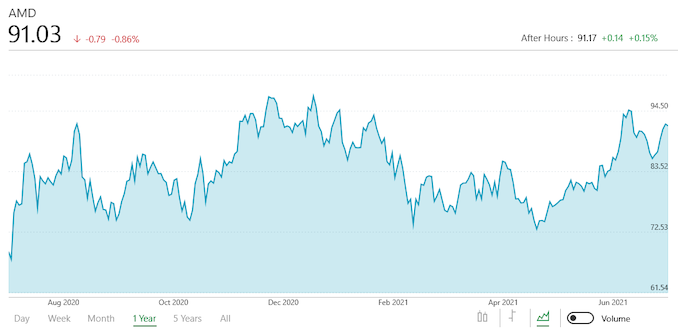itsmydamnation
Veteran
not really....https://www.reddit.com/r/Amd/comments/nxanzj/graphic_addin_board_shipments_liftoff_in_q12021/h1dqmuu
Seems raw Radeon shipped volume dropped significantly throughout 2020, which goes against AMD's story of the situation being demand exceeding supply. They ARE primarily supply constrained.
I like how your so one sided in your agenda is........
AMD have gone from having only small low end chips , to pretty much only big high end chips.
They would of had projections for how many of those they would have sold.
They will also have a total production silicon budget.
Then look and AMD's ASP's , margins , etc
So when you actually consider all components together, it is perfectly feasible that AMD made the decision to transition to low volume high margin / higher cost products at the same time demand exploded, which would make their statements 100% correct and you wrong.


